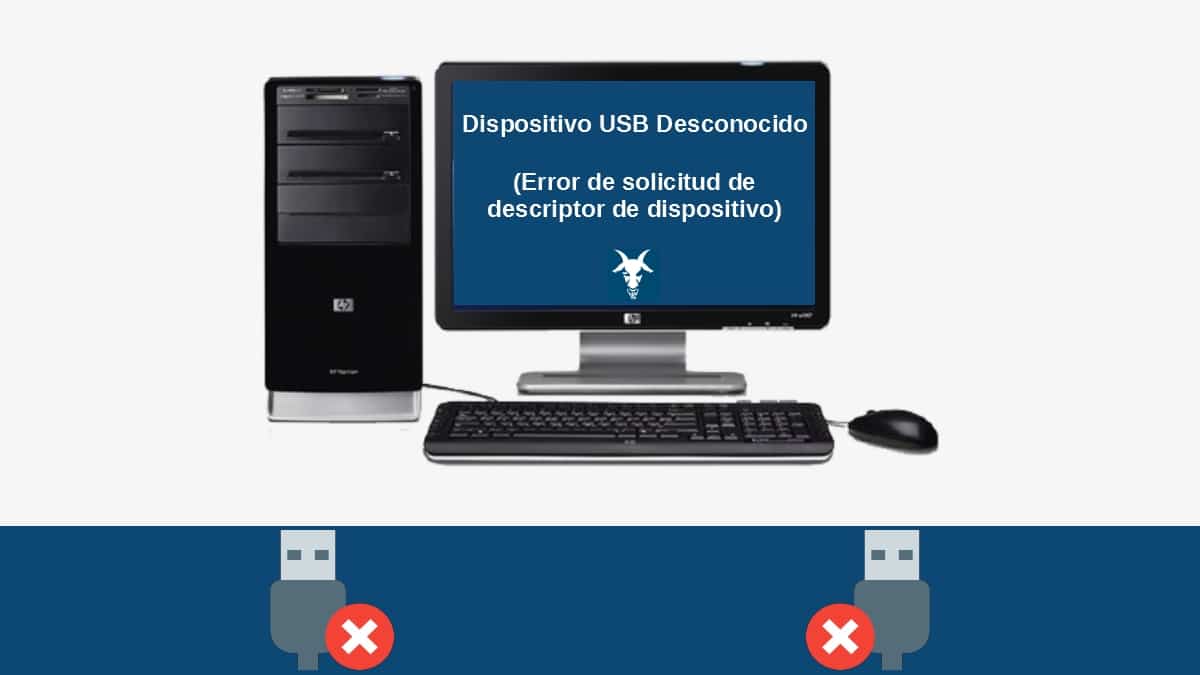
What is: Device Descriptor Request Error?
Surely, many with a computer with Windows Operating System have been able to experience various error messages, both by color screens and by pop-up windows, coming from it. Being one of these, known as: "Device descriptor request error".
For those who might not know him, the "Device descriptor request error" is directly related to USB ports and devices of the computer. Which makes this problem very common, so here we will thoroughly explore its possible causes and solutions.
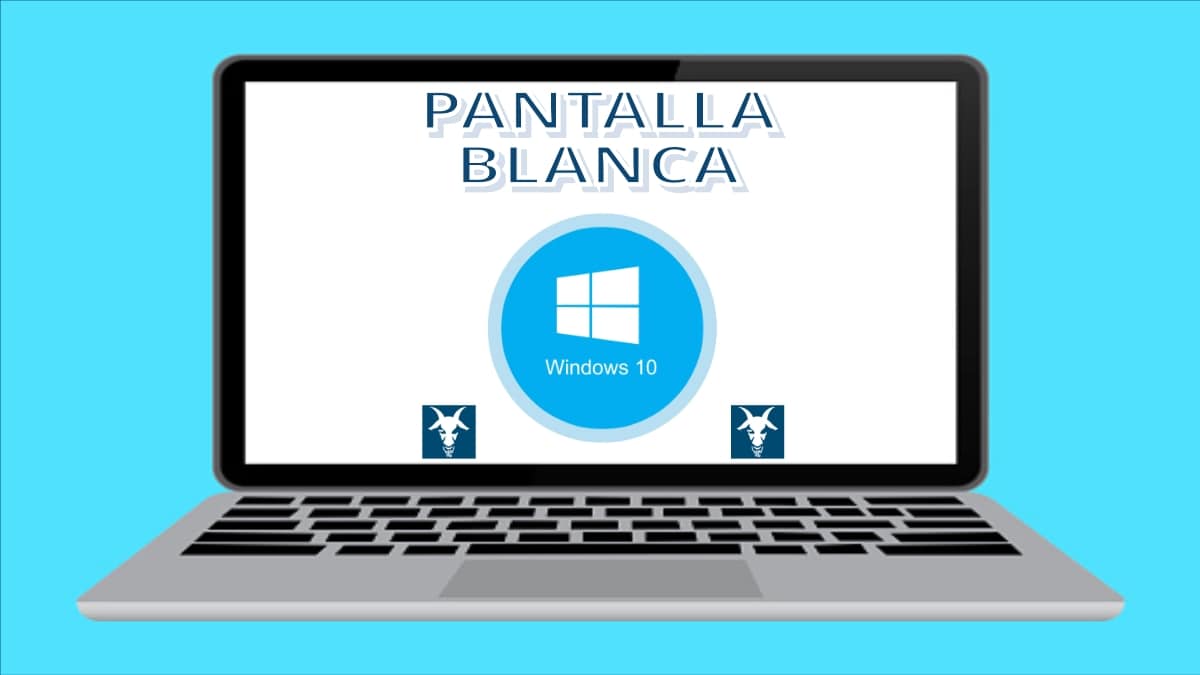
White screen Windows 10: how to fix this annoying problem
And as usual, before we dive into this current post on how to fix this issue from "Device descriptor request error" en Windows Operating System, we will leave for those interested in exploring some of our previous related posts with others similar problems and solutions, the following links to them. So that they can do it easily, if you want to increase or strengthen your knowledge on this point, at the end of reading this publication:
"Error screens in Windows They are modes of notification of problems and errors, important or serious, configured within the Operating System to attract the attention of the user, and thus show and inform them of them so that they can proceed to their quickest or immediate solution. And precisely, depending on what color it has, what information it could show or what we could be doing previously on the computer, different actions and solutions could be addressed." White screen Windows 10: how to fix this annoying problem

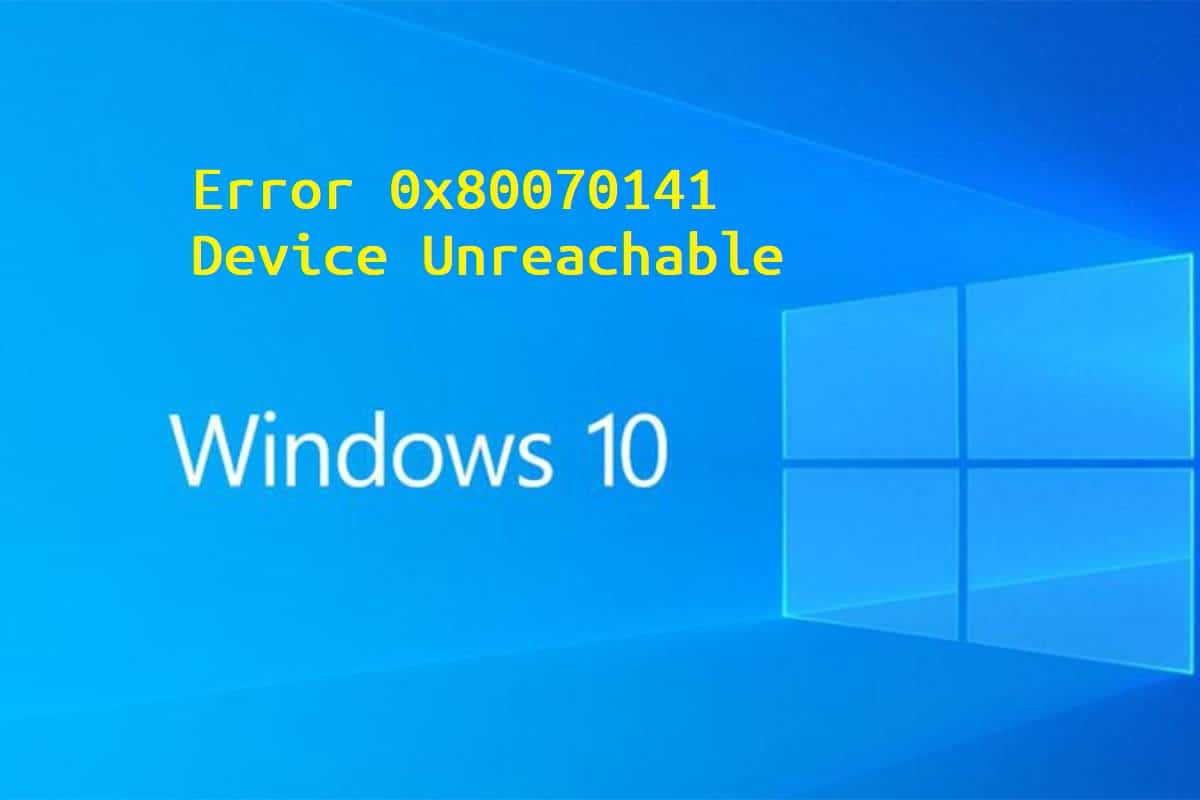
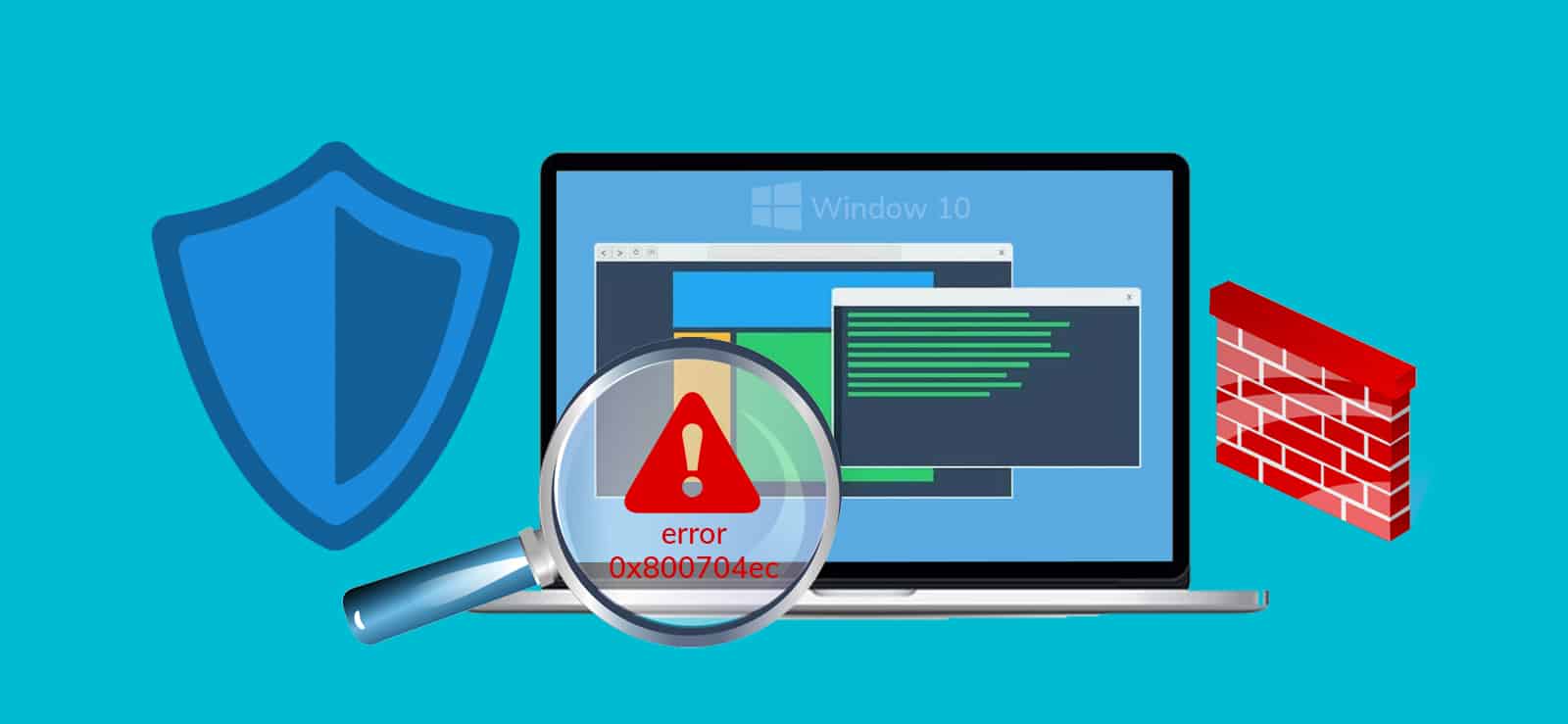
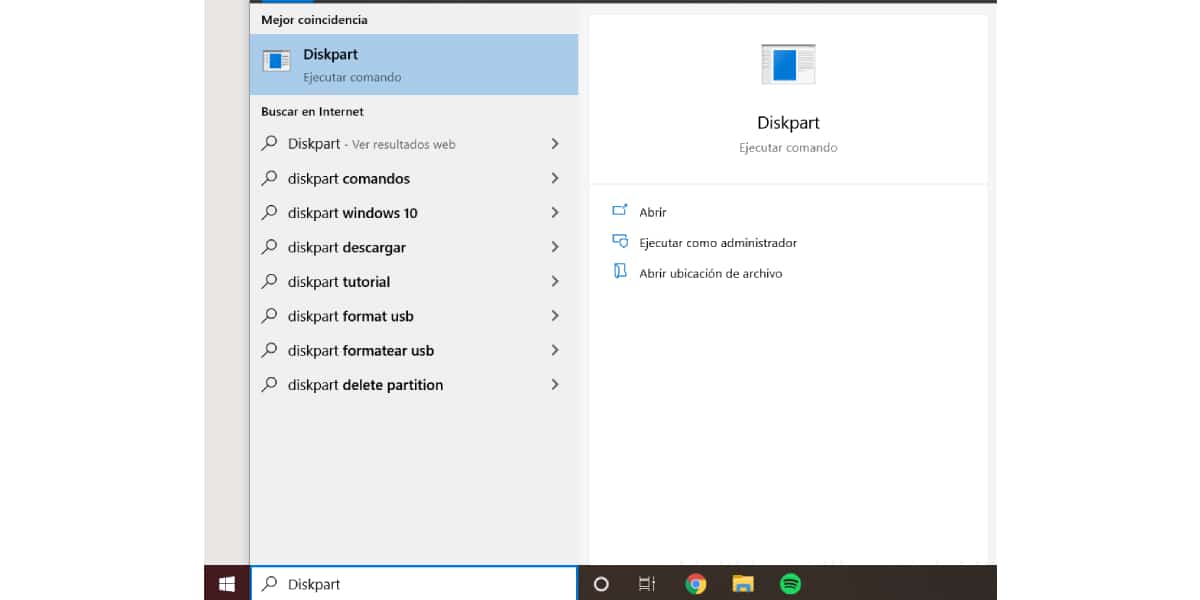
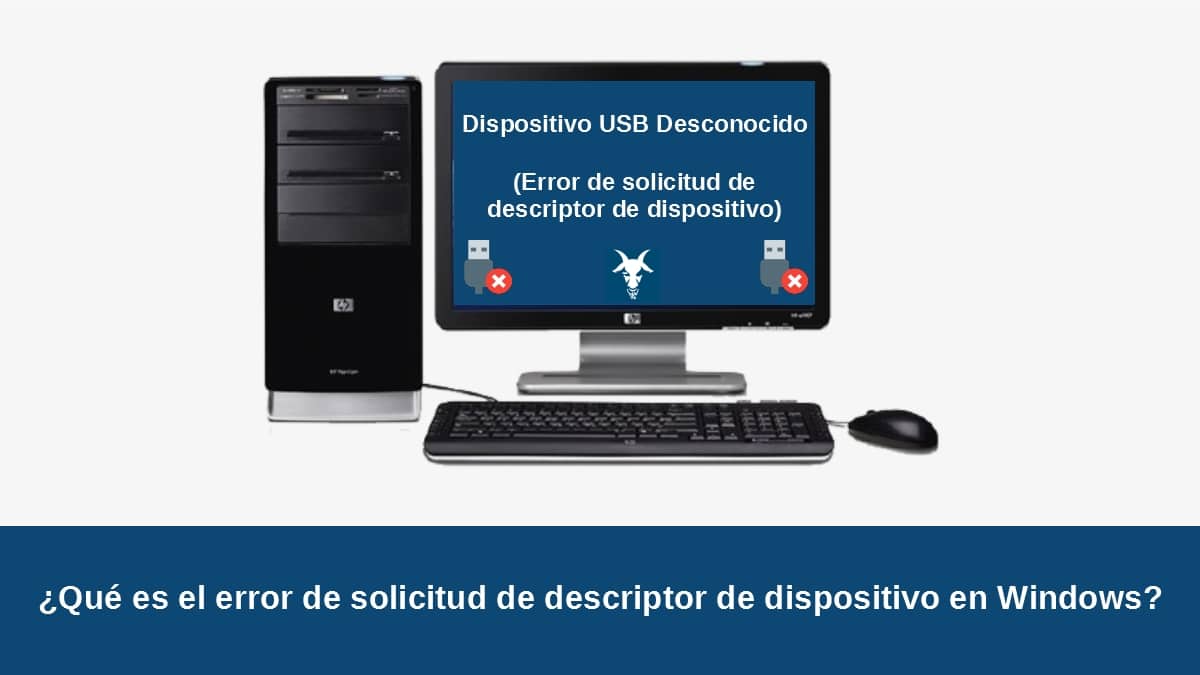
Device descriptor request error
What is device descriptor request error in Windows?
The error of Unknown USB device mostly known as "Device descriptor request error", that appears in the Windows Device Manager is fundamentally originated by the following cause: The computer cannot manage (detect, install or use) a specific connected USB device.
Therefore, this typical error of Windows (7, 8, 10) may depending on the cause (specific origin of the failure) have a different solution. However, it is often the case that this error usually has the following solution: Correct installation within the Operating system of the appropriate drivers for the Unknown USB device and inserted into the computer.
Causes
For this reason, possible causes more obvious and valid could be the following:
- USB device plugged into incompatible or damaged USB port.
- Incorrectly detected and configured USB device.
- USB port automatically blocked by the Operating System.
- Incorrectly installed and configured or damaged USB port.
- Various problems in the Operating System.
Solutions
Therefore, among the possible solutions more practical and useful the following can be applied:
1. Cause: USB device plugged into incompatible or damaged USB port
Verify that the USB device recently connected can be read and worked on other USB ports different from the same computer or others if possible. Remember that some computers may have USB ports of different Types (A, B and C) y Standards (1.0, 1.1, 2.0, 3.0, 3.1, and 3.2) and not be compatible with some types of USB Devices.
In such a way, that you can validate that said USB device if it is currently operational (not damaged), and can work on other USB Ports and Computers.
2. Cause: USB device incorrectly detected and configured
If you are completely sure that the USB Device works on other computers and not on the available USB Port of a particular computer, you can carry out the following procedure to validate that it has not been detected incorrectly:
- Disconnect and reconnect the USB Device in the USB Port: Up to 3 times to try to be recognized.
- Restart the computer and perform the previous step again.
- Turn off and unplug the equipment from the electrical outlet for 1 minute, and retest the first step on this list.
- Run the Device Manager and look for changes in the Hardware to automatically force their detection and correct configuration (installation / update).
- Run the Device Manager and on the item «Universal Serial Bus Controller» look for the unknown USB Device (with problems) and right click on it, to manually proceed to look for changes in the hardware, or uninstall it and then reinstall it and update it, if necessary.
3. Cause: USB port automatically blocked by the Operating System
- Test that the available USB Port works with other USB Devices to prove that it is operational and not disabled or damaged.
- Disable the Windows functionality called: USB Selective Suspend Settings. This can be done through the
«Panel de Control -> Sistema y Seguridad -> Opciones de Energía -> Cambiar la configuración del plan -> Cambiar la configuración avanzada de energía -> Ítem: Configuración de USB -> Sub ítem: Configuración de suspensión selectiva de USB». There it is recommended to disable both and then restart the computer to try again.
4. Cause: USB port improperly installed and configured or damaged.
- Install or update the USB Ports drivers, preferably using the manufacturer's original files by downloading them from their official website and running their installer. Or through the Device Manager to try to find changes in the Hardware automatically or manually and thus achieve their detection and correct configuration (installation / update).
- If you are sure that the USB port was working recently, you can try to verify and correct its current status. To do this, you can check the BIOS / UEFI Configuration of the USB Ports. Or, failing that, restore the Operating System to a previous state, from the date on which it was sure that it worked. This is because some Windows updates can cause configuration problems in the USB Ports.
- Try different USB Devices on that USB Port to fully validate that it does not work, that is, that it is damaged.
5.- Cause: Various problems in the Operating System
- Disable Windows fast startup, since this process can cause this problem on some occasions. To do this, you must go to
«Panel de control -> Sistema y Seguridad -> Opciones de Energía -> Opción: Elegir el comportamiento de los botones de inicio y apagado -> Opción Cambiar la configuración actualmente no disponible -> Desactivar Activar inicio rápido (recomendado)»-> Finish saving the changes and then close the window and restart the computer. - Check that all updates to the Operating System are perfectly executed. And if there is a pending execution. Especially those related to drivers and USB ports.
- Momentarily disable / Close the Operating System Antivirus to validate that it is not causing the problem.
More related information
For those who always want to search Windows official information and its presented problems, we recommend exploring the following official links to complement this publication:
- Device Descriptor Request Error
- Windows 10 - Unknown USB Device Descriptor Request Code 43
- Miscellaneous Search Answers: Device Descriptor Request Error
"The "Device Descriptor Request Error" in the Windows Operating System may be caused by a chipset driver failure. Which is responsible for making the connection between the USB device and your computer. In this case, perform system updates and then install the drivers again manually or if this event persists, you can install it for an older version of Windows." Windows 10 - "USB device not recognized" message repeats itself permanently

Summary
In summary, explore the possible causes and solutions in order to correct the "Device descriptor request error" en Windows 10 Operating System efficiently is not a daunting task. But it is not something easy to solve either. However, if they are known and have on hand, the knowledge and resources minimum necessary to achieve that goal, anyone can solve it quickly and effectively. In order to enjoy the connection of its various USB devices on any computer.
We hope that this publication will be very useful for the entire «Comunidad de nuestra web». And if you liked it, be sure to comment on it here and share it with others on your favorite websites, channels, groups or communities on social networks or messaging systems. Also, remember to visit our home page at «Mobile Forum» to explore more news, and join the Official Group of Facebook of Móvil Forum.